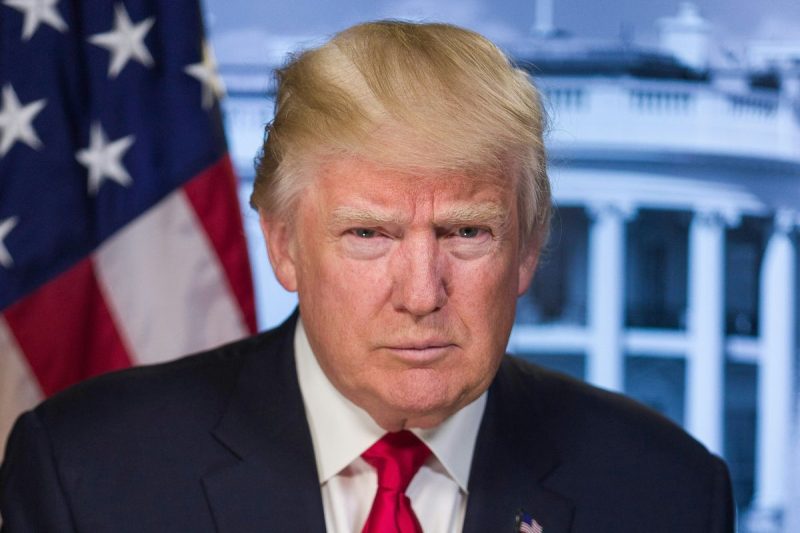In a surprising turn of events following the re-election of President Donald Trump, the United States dollar has experienced a notable surge, resulting in a decline in prices for gold and silver. Market analysts were taken aback by the swift and significant impact of this development on the precious metals market, leading to a reshuffling of investment strategies and a reassessment of the global economic landscape.
The rise of the US dollar is widely attributed to the perceived stability and predictability that a Trump administration is expected to bring to the nation’s economic policies. Trump’s promise of tax cuts, deregulation, and infrastructure spending has instilled confidence in investors and businesses, prompting a renewed interest in the American currency. As a safe-haven asset, the US dollar has historically attracted capital during times of uncertainty or market volatility, making it a natural beneficiary of Trump’s re-election.
Conversely, gold and silver prices have experienced a downward trend in the wake of the stronger US dollar. Gold, in particular, has long been considered a traditional hedge against inflation and market instability, making it an attractive investment during times of economic uncertainty. However, the recent surge in the US dollar has overshadowed the allure of precious metals, causing their prices to drop as investors flock to the perceived safety of the American currency.
The decline in gold and silver prices has sparked a debate among investors and analysts regarding the future trajectory of these assets. While some believe that the current trend is a temporary adjustment driven by market dynamics, others worry that the shift towards a stronger US dollar could have lasting implications for the precious metals market. As the world closely monitors the unfolding economic landscape, many are waiting to see how gold and silver prices will respond in the coming weeks and months.
Despite the immediate impact of Trump’s re-election on the US dollar, gold, and silver prices, the long-term implications of these developments remain uncertain. The intersection of political events, economic policies, and market forces creates a complex and ever-evolving landscape for investors and analysts to navigate. As we move forward into the next chapter of the global economy, one thing remains certain – change is inevitable, and adaptability is key to success in the world of finance.
